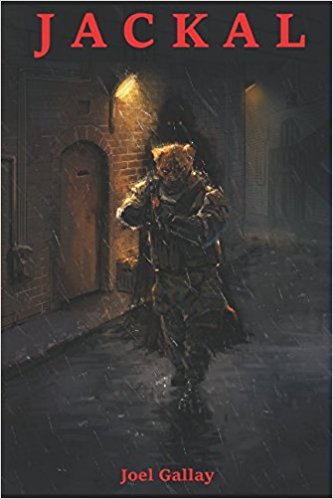The Flower’s Fang Series, by Madison Keller – Book Reviews by Fred Patten
by Pup Matthias
Submitted by Fred Patten, Furry’s favorite historian and reviewer.
 The Flower’s Fang series.
The Flower’s Fang series.
This is a colorful mixture of furry and high fantasy.
Snow Flower: Arara’s Tale, by Madison Keller.
Portland, OR, Hundeliebe Publishing, May 2016, trade paperback, $5.99 (72 pages), Kindle $0.99.
Flower’s Fang, by Madison Keller.
Portland, OR, Hundeliebe Publishing, August 2014, trade paperback, $14.99 (354 pages), Kindle $0.99.
Flower’s Curse, by Madison Keller.
Portland, OR, Hundeliebe Publishing, June 2016, trade paperback, $13.99 (238 pages), Kindle $4.99.
These three books are bibliographically complex. Flower’s Fang and Flower’s Curse are advertised as a two-volume set. The first edition of Snow Flower was published on December 21, 2014. The second edition, with proofreading errors corrected and still with Keith Draws’ cover, was published on May 16, 2016. It was reprinted with Teagan Gavet’s cover, retypeset more compactly from 126 pages to 72 pages, with the new subtitle “Prequel Novella to Flower’s Fang” added, and the city of publication changed from Seattle, WA (CreateSpace’s office) to Portland, OR (Keller’s home), on April 20, 2017. If you order it today, you’ll probably get it with Teagan’s wraparound cover.
Flower’s Fang has three listed editions, all dated August 2014. The typography of the title lettering changes, but all have the same illustration by Johnny Atomic. The third edition has two maps added.
Flower’s Curse has two editions listed, both dated June 2016. The second edition has a new cover by Idess Sherwood (the cover of the first edition is by Keith Draws), and includes the maps.
The main protagonist of all three books is Arara, a young Jegera (anthropomorphic wolf) in a fantasy world dominated by a “Kin-Jegera Empire”. The Kin are humanoid and human-sized flower fairies or elves, who wear ornate silken robes (see the cover of Flower’s Fang) and uniforms:
“‘How are you feeling?’ A melodious Kin voice asked her. The Kin hovered over Arara, her yellow petal hair framing her green face like a sun halo. The scent of the Kin’s petals reminded Arara of a sweet flower, but it was strong to the point of being overpowering.” (SF, p. 23)
The Empire is satisfactory to both, but the Kin are definitely the aristocracy and the Jegera are the peasants. The Jegera wear some clothes and can walk two-legged, but they usually run on all fours. The Kin ride the Jegera like horses.
“‘You can’t go treating her differently, Athura.’ Eraka grinned and looked at Arara. ‘That settles it. Go put on your shorts and vest. There is still snow up in the foothills, and we don’t want you getting cold.’
Arara barked in delight and scampered off to get dressed.” (SF, pgs. 3-4)


 Mythic Transformations, by Kris Schnee
Mythic Transformations, by Kris Schnee aid on Sullin, by Beryll & Osiris Brackhaus
aid on Sullin, by Beryll & Osiris Brackhaus Legends of Heraldale, by Brian McNatt
Legends of Heraldale, by Brian McNatt The War for the Planet of the Apes novels.
The War for the Planet of the Apes novels. Dogworld: Operation Stray Cat, by John Woods. Illustrated by Miro Dimitrov.
Dogworld: Operation Stray Cat, by John Woods. Illustrated by Miro Dimitrov. Housepets! Let Instincts Do Their Thing (Book 8), by Rick Griffin
Housepets! Let Instincts Do Their Thing (Book 8), by Rick Griffin Jackal, by Joel Gallay
Jackal, by Joel Gallay Skeleton Crew, by Gre7g Luterman. Illustrated by Rick Griffin.
Skeleton Crew, by Gre7g Luterman. Illustrated by Rick Griffin. Red is the Darkest Color, by Brett A. Brooks
Red is the Darkest Color, by Brett A. Brooks